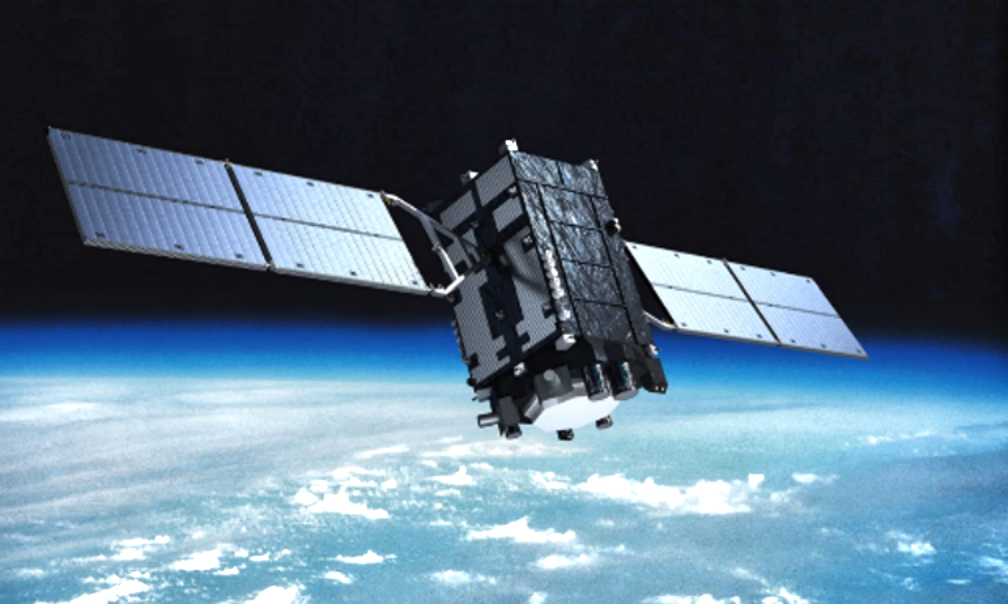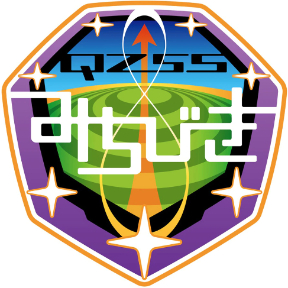
Mitsubishi Electric Corporation (TOKYO: 6503) has completed initial verification of the functions and performance of equipment aboard the QZS-1R satellite, which the company built and delivered to the Cabinet Office of Japan and is now in quasi-zenith orbit as the successor to the original Michibiki Quasi-Zenith Satellite (QZS-1).


With Quasi-Zenith Satellite System Services Inc. also having completed testing of related ground systems, the Cabinet Office has started launching various positioning services via the QZS-1R.
Mitsubishi Electric, in addition to supporting these services, will continue developing satellite systems that the company intends to provide for forthcoming satellites (QZS-5 to QZS-7) that will support advanced, sustainable, high-precision positioning in Japan.

The QZS-1R was launched on October 26, 2021 from Tanegashima Island in Kagoshima Prefecture. Compared to the first Michibiki satellite, the QZS-1R has improved durability that is expected to extend the satellite’s design life by about five years compared to its predecessor. The QZS-1R, together with the QZS-2, 3 and 4 (all launched in 2017), will support positioning, high-precision positioning augmentation and other satellite services.
QZSS is a Japanese satellite positioning system composed mainly of satellites in quasi-zenith orbits (QZO). However, the term “Quasi-Zenith Satellite (QZS)” can refer to both satellites in QZO and geostationary orbits (GEO). For that reason, the name “QZO satellite” is used when it is necessary to specifically refer to satellites in QZO. Satellite positioning systems use satellite signals to calculate position information. One famous example is the American Global Positioning System (GPS); the QZSS is sometimes called the “Japanese GPS.”
